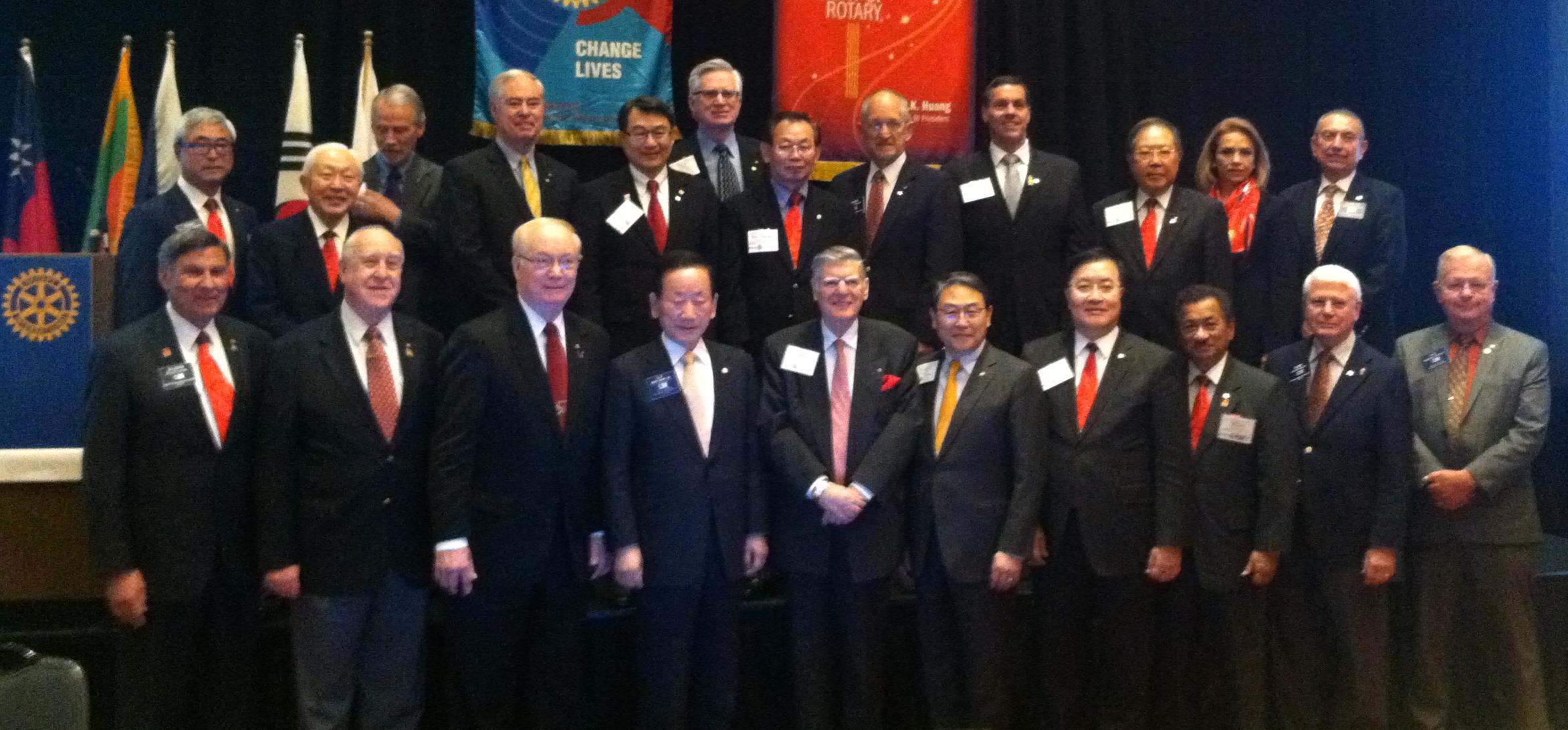|
When Paul Harris founded Rotary in 1905, he envisioned an organization where people from diverse backgrounds and experiences could work together to provide humanitarian service in their communities and beyond. That vision quickly became reality. Rotary started with one club in 1905, and 6 years later, Rotary outgrew the Americas and spread to Ireland. By 1922, Rotary had over 200 clubs worldwide, leading them to change the organization’s name to Rotary International. Never before had there been so many people united in a common purpose to better humanity. Despite RI’s exceptional growth and positive mission, Rotarians were only operating at half power.
For the first 80 years of Rotary’s history, women were not allowed official membership into the organization. Rotary was “an organization of business and professional men united worldwide who provide humanitarian service, encourage high ethical standards in all vocations, and help build goodwill and peace in the world.” This didn’t mean that women were not involved in Rotary, however, female relatives of Rotarians could join Interact or Rotaract, but they were relegated to work in the periphery of their sponsored Rotary clubs.
 Over time, Rotary clubs in the US grew to realize how integral women were to their Rotary mission. In 1986, The Rotary Club of Duarte, California, made changes to its charter to admit women as members. But their change was resisted by RI. In a case that made its way to the U.S. Supreme Court, it was decided that the Rotary clubs in California were not allowed to exclude members based on their gender. Rather than fight state by state, RI decided to officially admit women into the organization within the United States. In 1989, RI voted in an overwhelming majority to officially change its constitution to admit women into Rotary globally. Over time, Rotary clubs in the US grew to realize how integral women were to their Rotary mission. In 1986, The Rotary Club of Duarte, California, made changes to its charter to admit women as members. But their change was resisted by RI. In a case that made its way to the U.S. Supreme Court, it was decided that the Rotary clubs in California were not allowed to exclude members based on their gender. Rather than fight state by state, RI decided to officially admit women into the organization within the United States. In 1989, RI voted in an overwhelming majority to officially change its constitution to admit women into Rotary globally.
Some men expressed reservations towards Rotary’s decision to officially admit women into the organization. But those reservations were unfounded. Today it’s unfathomable to think of Rotary without women. With women making up 22% of the Rotary membership, we have come a long way since 1986, but our work is not yet finished. In a 2017 survey, only 13% of Rotarians stated that they strongly agree that their Rotary Club reflects the demographic diversity of their local community. As Rotary continues to evolve, it is imperative to celebrate the diverse experiences and backgrounds of our members and continue to open our clubs to people from all walks of life. The more perspectives and ideas we invite into Rotary, the better equipped Rotarians are in pursuing mutual understanding and creating positive change for their communities and beyond.
Paul Harris’ vision for inclusion has never been closer, but it is up to us to realize it. Despite how far we have come, we as Rotarians have a responsibility to proactively grow, learn, and evolve not only for the betterment of our clubs, but to better serve humanity.

|
Leave A Comment
You must be logged in to post a comment.